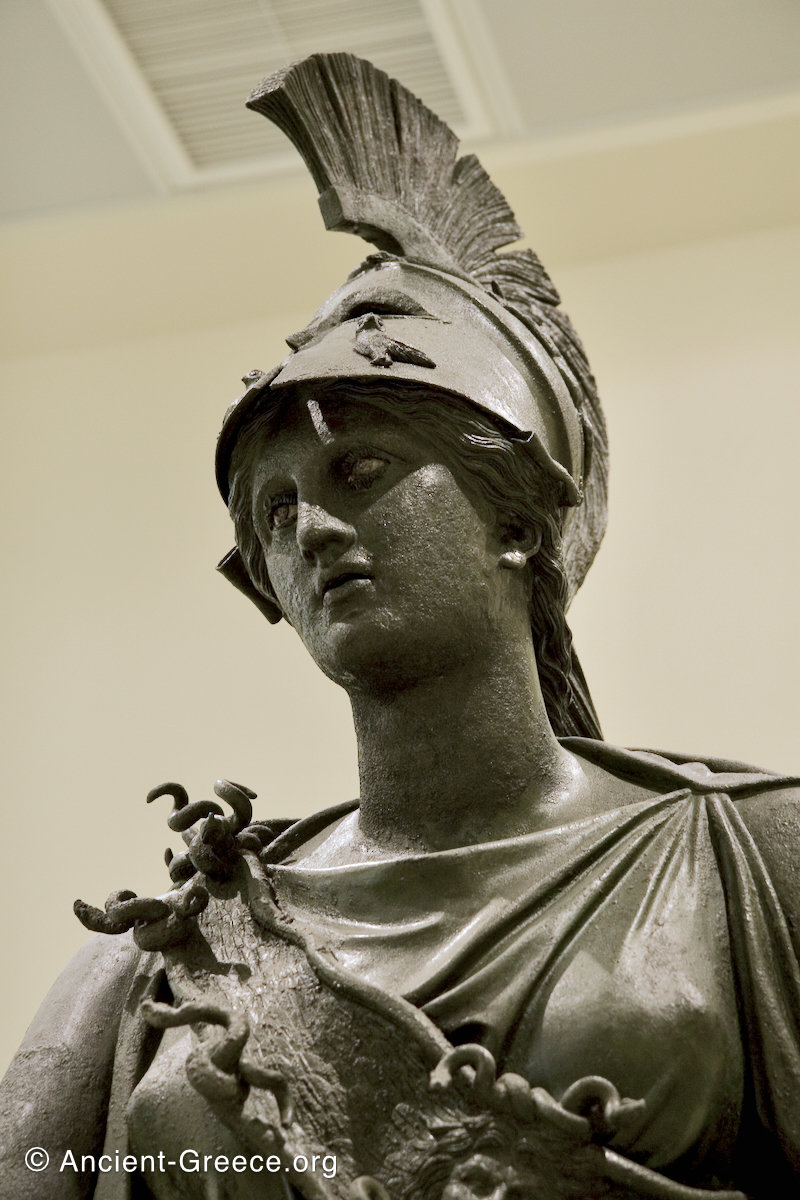Mythology
-

Ares (Mars)
Read more: Ares (Mars)As the God of War, Ares was surprisingly not so revered by the ancient Greeks. God of War He was said to have juxtaposing qualities of cowardice and ruthlessness on the battlefield as opposed to bravery. Even the…
-

Asclepius
Read more: AsclepiusAsclepius Ἀσκληπιός (Asclepius) was one of the earliest men to experiment in healing, and if he were mortal, it is thought that he was raised to divine status when he gained a cult of followers in the 5th…
-

Artemis (Diana)
Read more: Artemis (Diana)Apollo’s was twin sister and counterpart: Artemis was to the moon what Apollo was to the sun. She held other religious facets like goddess of the hunt and the wilderness as well as protector of youth everywhere. She…
-

Ate
Read more: AteAte was a mythological deity who induced both gods and men alike into rash decisions. She was even able to deceive Zeus. On the day of Heracles’ expected birth (Zeus’ son by Alcmene), Ate convinced Zeus to take…
-

Athena
Read more: AthenaAthena (sometimes transliterated as Athene), the patron of the city of Athens, was one of the most revered goddesses of Ancient Greece. Around 1000 BCE, Athena replaced the fertility goddess worshiped and became the patron and gave her…
-

Callisto
Read more: CallistoCallisto’s Fate Callisto’s story is one of many wherein a youth wrongfully feels the wrath of the divine through no fault of their own. Callisto’s father had been a king of Arcadia, and she herself a maiden follower…
-

Charites (Graces)
Read more: Charites (Graces)All those gentler attributes which beautify and refine human existence were personified by the Greeks under the form of three lovely sisters, Euphrosyne, Aglaia, and Thalia, the daughters of Zeus and Eurynome (or, according to later writers, of…
-
Danae
Read more: DanaeDanae was the mother of the renown hero Perseus. Her father was Acrisius, king of Argos. Perseus, one of the most renowned of the legendary heroes of antiquity, was the son of Zeus and Danaë, daughter of Acrisius,…
-

Dionysus (Bacchus)
Read more: Dionysus (Bacchus)Dionysus, also called Bacchus (from bacca, berry), was the god of wine, and the personification of the blessings of Nature in general. The worship of this divinity, which is supposed to have been introduced into Greece from Asia…
-

Eros (Cupid)
Read more: Eros (Cupid)Eros, the god of love, could stir desire into the hearts of anyone he pleased with a simple draw and release of his enchanted arrow. By some accounts, he sprang out of the primordial chaos and brought order…


